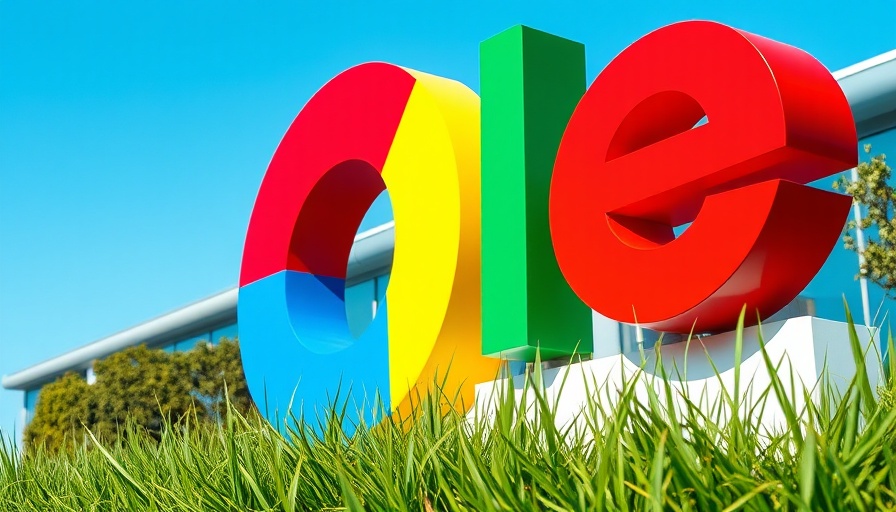
The Impact of Google's March 2025 Core Update
On March 13, 2025, Google initiated its latest Core Update, culminating two weeks later on March 27. During this period, the search landscape experienced unprecedented fluctuations, marking one of the most volatile stretches in recent memory. According to tracking by Local SEO Guide, a vast array of sectors witnessed dramatic shifts in search result rankings, showcasing the update's far-reaching implications.
Understanding Core Updates and Their WesedImpacts
The purpose of Google's core updates is to enhance the overall quality of search results, ensuring that users find the most relevant and high-quality content. In this instance, metrics revealed that thousands of websites had their search visibility impacted—both positively and negatively. SEO experts noted that this far-reaching impact spanned across various industries from retail to content creation, indicating a shift in Google's algorithmic values.
Shifts in Forum Content Visibility
One of the key findings of the March 2025 Core Update is the recalibration of how forum-type content is valued. Following the spike in visibility for forum sites that began with Google’s 'hidden gems' update in mid-2023, many of these platforms are now struggling with visibility losses. Notably, sites like proboards.com, which host numerous community forums, have begun to see drops in their rankings. On the flip side, sites like Reddit remain resilient, showcasing how high-quality, user-driven content plays a role in sustaining search visibility.
The Decline of Programmatic Content
This core update has also cast a spotlight on the efficacy of programmatic content. Sites that flooded the internet with pages centered solely around SEO optimization rather than user value are witnessing their rankings decline. This suggests that Google's algorithm increasingly prioritizes engaging and meaningful content over mass-produced, low-quality pages. For website owners, this means reevaluating content strategies and prioritizing user engagement over chasing keyword metrics.
Insights for SEO Professionals
For those navigating the evolving landscape of search engine optimization (SEO), it’s crucial to leverage the insights gleaned from this update. Emphasizing content quality over quantity is paramount, particularly for those managing forum sites or leveragingspecific strategies for increasing visibility. This could involve removing low-quality programmatic pages and focusing on content that truly facilitates a connection to user needs.
The Road Ahead: Preparing for Future Changes
As Google continues to refine its search algorithms, staying ahead of trends is important. Emerging technologies, such as AI-generated content, are likely to influence future core updates. Understanding these patterns can provide valuable foresight into how to optimize content effectively and sustainably.
Conclusion: Staying Relevant in SEO
As we reflect on the implications of the March 2025 Core Update, there are clear lessons for businesses and content creators alike. By focusing on quality content and maintaining adaptability, SEO professionals can position themselves for future success amidst ongoing changes in search engine algorithms. It’s essential for internet marketers and business owners to integrate these strategies to maintain their standing in the digital landscape as technological preferences evolve.
 Add Row
Add Row  Add
Add 




Write A Comment